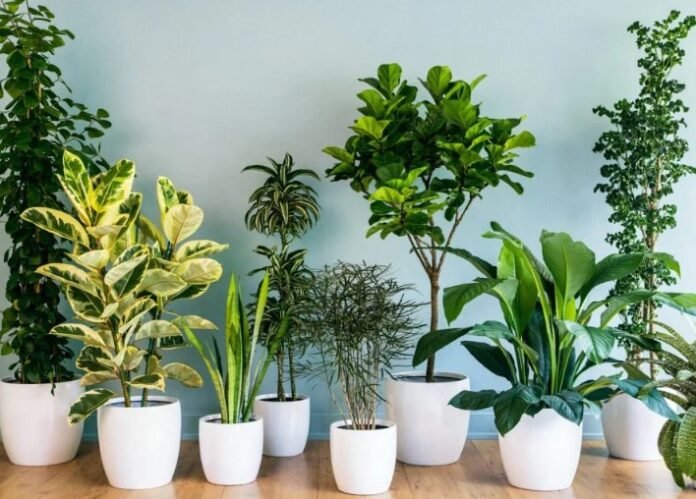Looking for the best indoor plants for oxygen without sunlight? Your search ends here! Indoor plants that thrive in low light and still purify the air are perfect for those who breathe fresh air in low -light places. From Hardy Marble Queen Pothos to elegant moth orchids, these plants not only increase your indoor environment, but also provide many benefits such as air purification and aesthetic appeal. In this article, we will detect a series of low-light plants that excel in providing oxygen and beautifying your home, while all require minimal sunlight.
Table of Contents
Best Indoor Plants for Oxygen Without Sunlight
1. Marble queen pothos
It is particularly suitable for those who have difficulty keeping plants alive. The pothos is difficult to kill — hence its diabolical nickname — and only requires watering every seven to ten days. In fact, pothos is so great at cleaning that biotech startup Neoplants uses it in its microbiome-powered air purifying system that turns an ordinary houseplant into a machine that removes the same amount of toxins as 30.

2. Spider Plant
One of the reasons to be so popular in the world is that they are incredibly easy to take care. Night-releasing plants, such as spider plants, are highly prized. For aspiring botanists searching for plants that manufacture oxygen at night and offer oxygen, it is regarded as the perfect introduction plant. An indirect light source, good drainage, and a place away from heat spikes are all Spider Plant requirements.
Its simple care will pay off with bright green and yellow stripes, occasional small white flowers, and a lot of oxygen it produces at night. Get the Curly Spider Plant and see how quickly your home’s air quality improves with plants that give oxygen! You will feel fresh and airy in your home with the Curly Spider plant because it produces oxygen at night.

3. Snake Plant
The snake plant is known for the ability to convert CO2 to oxygen even at night, which can contribute to the quality of better sleep. In addition, it is known for its flexibility against various indoor environmental challenges, including dry air and ups and downs. It is known for its long, straight leaves, and can be an easy to step plant 12 inches long and does not require direct sunlight or frequent water. This plant releases oxygen at night, unlike most plants, which frees it during the day, so it is a great option for a bedroom.

4. Philodendrons
Very love and historically important Philodendron plant loves a shaded area or light indirect sunlight. You can study Philodendron for hours, but they do not get bored. They leave oxygen at night, so they prefer humid and moist environment. Fertilize semi-regularly during summer. With dozens of varieties, many of which have been breed by humans for centuries, you will never study them! Philodendron is known for their ability to adapt to various indoor conditions, making them a great option for the minimum-and-and-more visible places. Their heart -shaped leaves and diverse varieties can bring a touch of greenery to any room during the need for minimal maintenance.

5. Dracaena
This plant is one of the most common houseplants because it requires very little care. It comes in dozens of varieties, and some large types look like trees and grow in the best form near furniture or in corners. In addition to filtering toxins from your home, Dracaena plants are also excellent air purifiers. Plants thrive in bright, indirect light, but can also survive even in low light conditions. Dracaena plants require humidity, which is why they exit the best in 10–12. If you are growing them indoors, then fog the leaves again and again. Drakena plants are effective in removing a range of air toxins including tricholorithine.
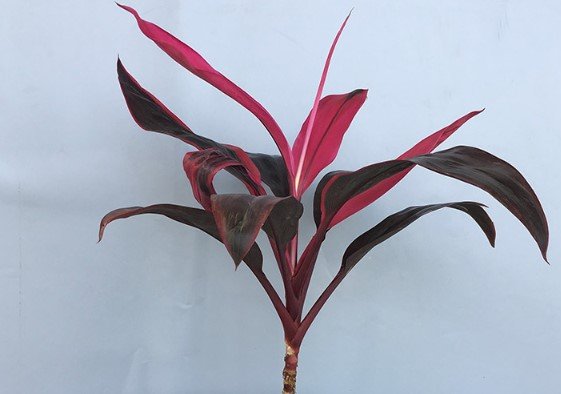
6. Aglaonema
The nextOnama is highly valuable for the ability to bear low light and irregular water schedule. It is also known for a wide range of colors and patterns, which can also brighten the most dull corners of your home. Next comes in many colors, including green and red. It is a difficult plant that practically thrives anywhere and in any light.
Its beauty does not cause problems at home or work. This requires very little maintenance and has a long history of reliable development. Agloonema, or Chinese evergreen, has long been cultivated in Asia as a good luck attraction. As an effective air purifier, the nextonema plant can remove the formaldehyde, benzene and other pollutants from indoor air. This is a great option to display beautiful leaves for beautiful areas.

7. Flamingo plant
Flemingo plant, or anthurium, is not only known for its striking red and pink flowers, but also its low humidity ability to flourish in the atmosphere. It creates a great additional for homes with central heating or air conditioning. Its greenery eliminates carbon dioxide and provides abundant oxygen. If you are looking for a bold houseplant for your bedroom, do not look forward to the Flemingo plant (also known as anthurium). Why not show these green-and-pink treasures where you spend hours every day and night? During the year, Flemingo plant produces beautiful and durable flowers and requires an acidic, well dry soil that does not prefer direct sunlight.
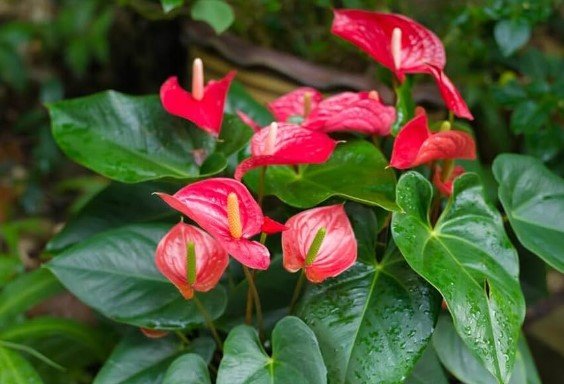
8. Areca Palm plant
The Ereka Palm Plant is a powerful air purifier, which removes dangerous substances from air such as benzene and zilin. Its leaves have a very large area of the surface, so more oxygen is produced. In addition, Areka Palm keeps the air of the house humid and prevents it from getting out of running the air conditioner or furnace. It is a native of Madagascar who prefers bright, indirect sunlight and warm temperatures. Increasing two ecas in proximity can significantly increase oxygen levels.

9. Peace lily
Shanti Lily is also known for her ability to handle neglect, making them ideal for busy individuals. Their bright leaves can feel a succulent in any room, and they often produce bloom several times a year if properly carried out. Known for its white bloom that reminds of a surrender flag, Shanti lily captures formaldehyde, benzene and carbon monoxide from the air. They grow up to 16 inches and do not require direct sunlight, but they require regular water.
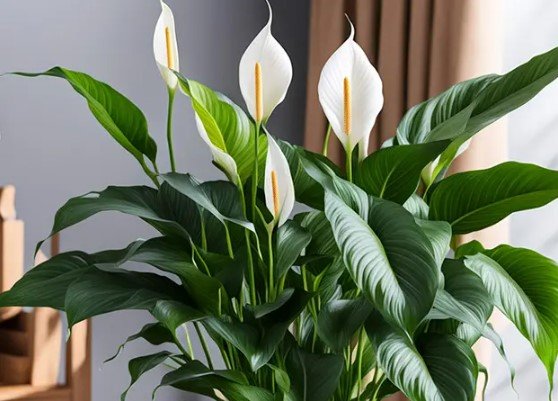
10. Moth orchid
Moth orchids are given importance to their long -lasting blooms and a wide variety of colors and patterns, which can add a sophisticated touch to any indoor location. They also have air-pure properties, which add both beauty and functionality to your home. Despite their foreign appearance, these flowers are quite easy to develop. They do not require direct sunlight and you should allow water to dry between water. This means that you should not give them water many times. Moth orchids can bloom up to four months and are perfect for low -light places. They are available in two standard sizes, one less than 12 inches and the other between 18 and 24 inches.
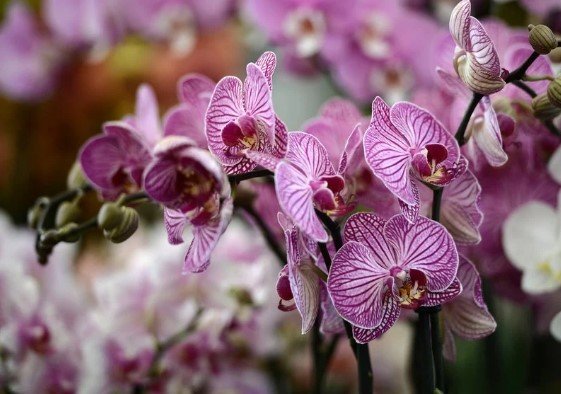
Conclusion:
Including the best indoor plants for oxygen without sunlight in your location is a smart option for both health and aesthetics. Plants such as flexible marble queen Pothos and elegant moth orchids not only thrive in low light, but also contribute to a cleaner, more refreshing environment. Whether you are working with slow rooms or simply prefer less greenery, these plants provide a mixture of beauty and functionality. Embrace these green companions to improve air quality, promote moisture and add a touch of nature to your home, without the need for direct sunlight to all.
Also read:
Best Plants for the Bedroom that Purify the Air

